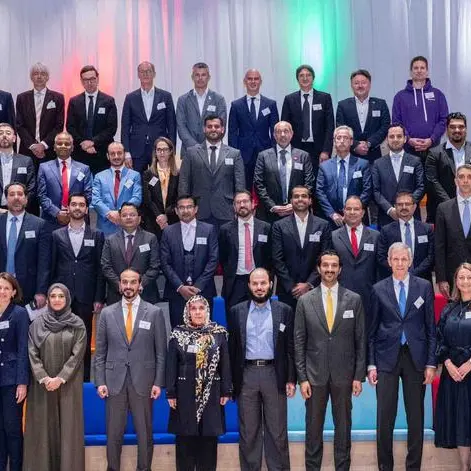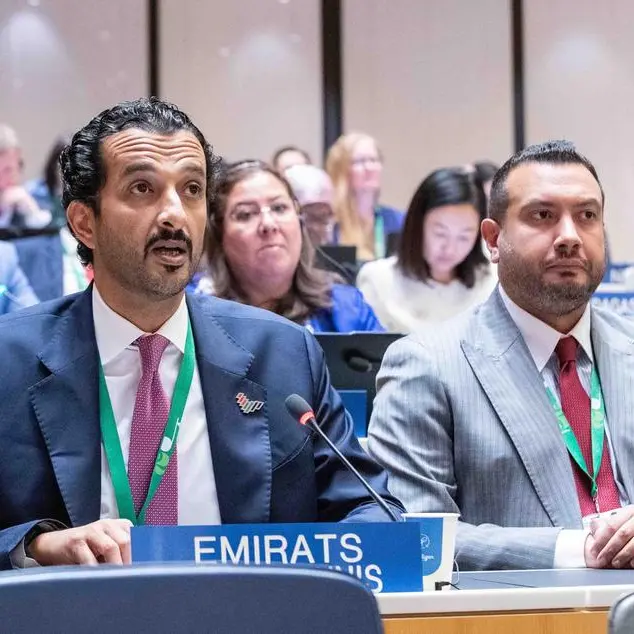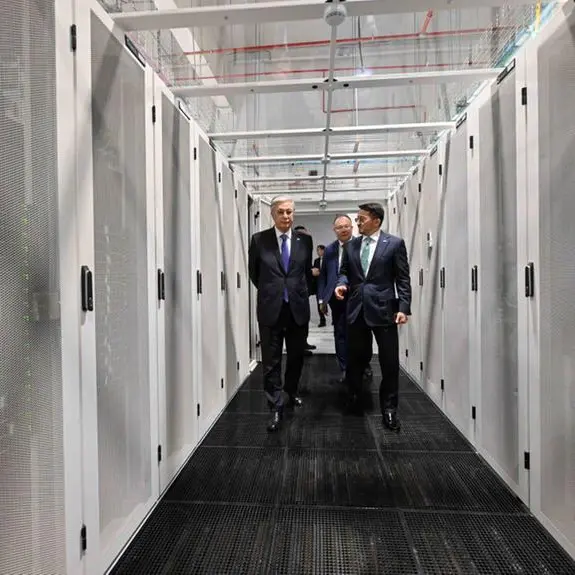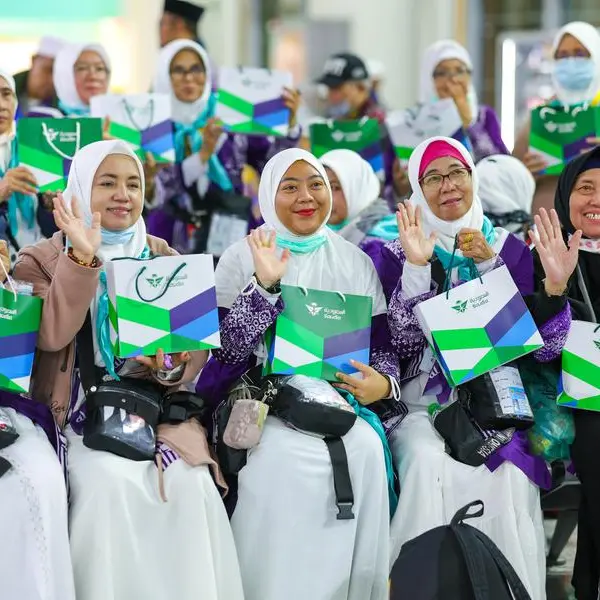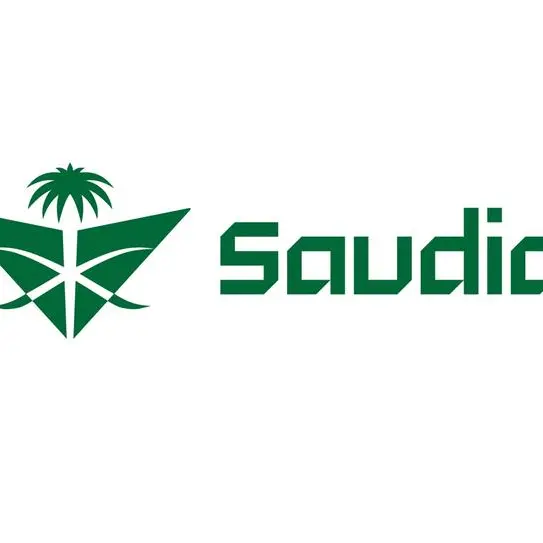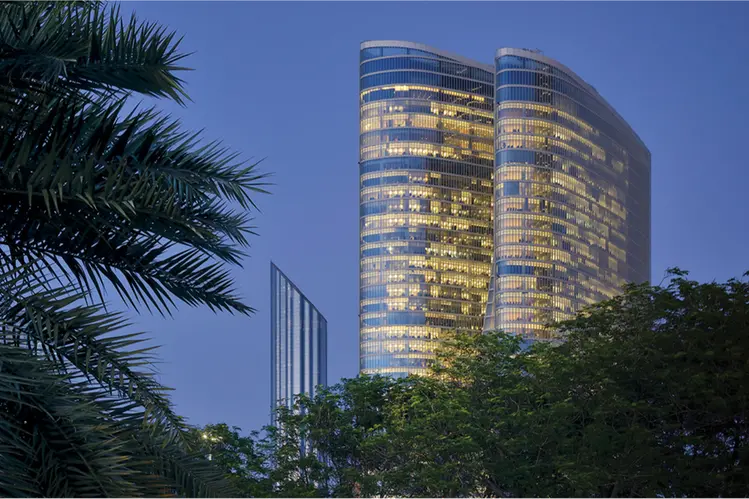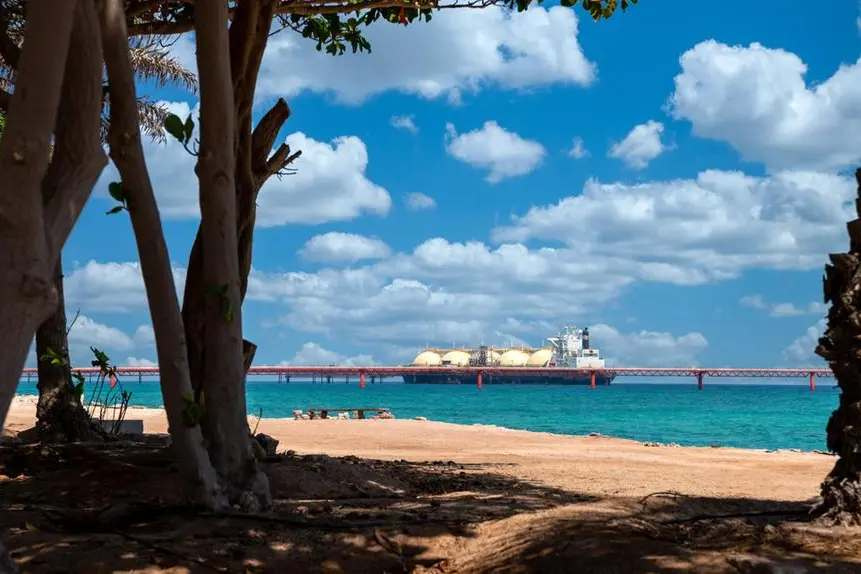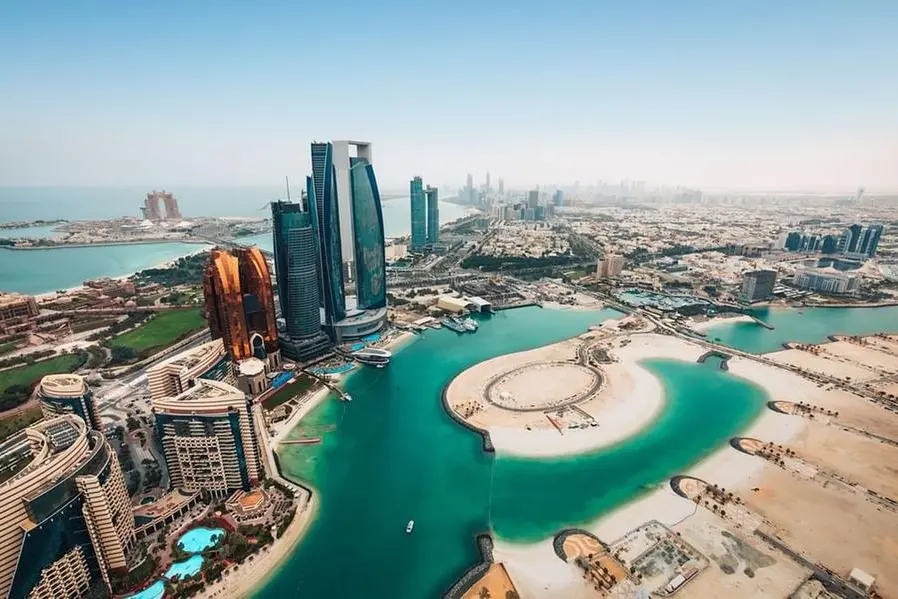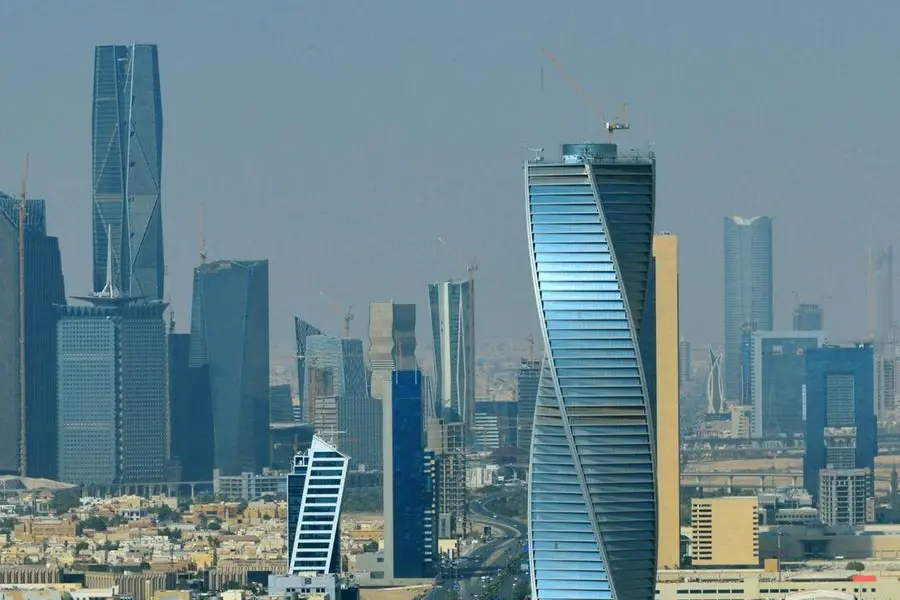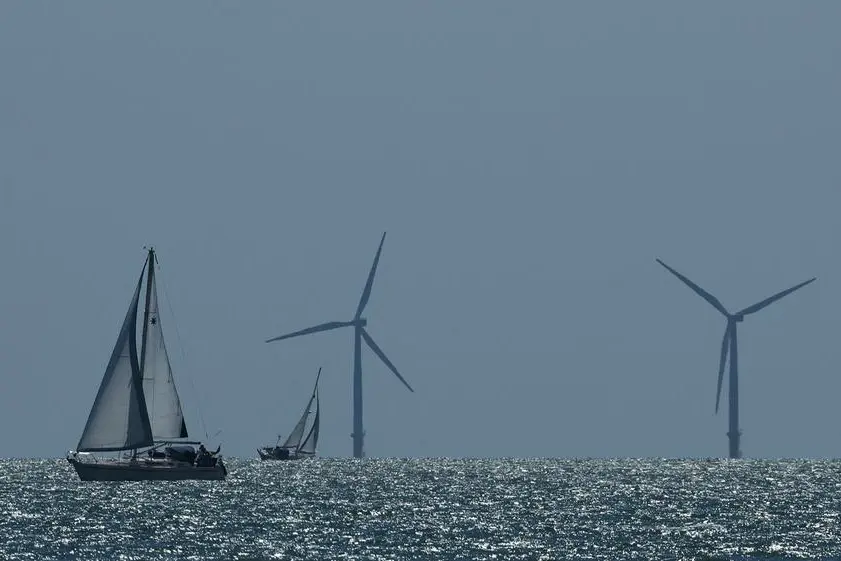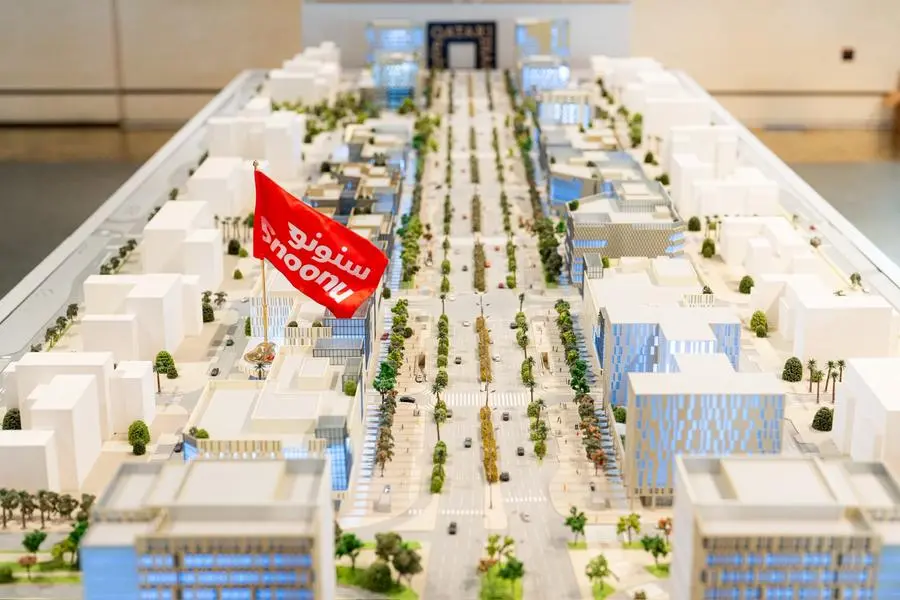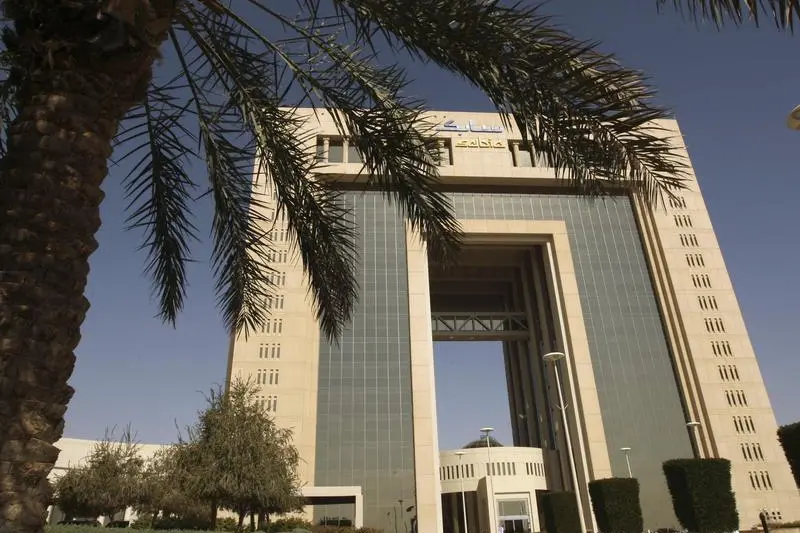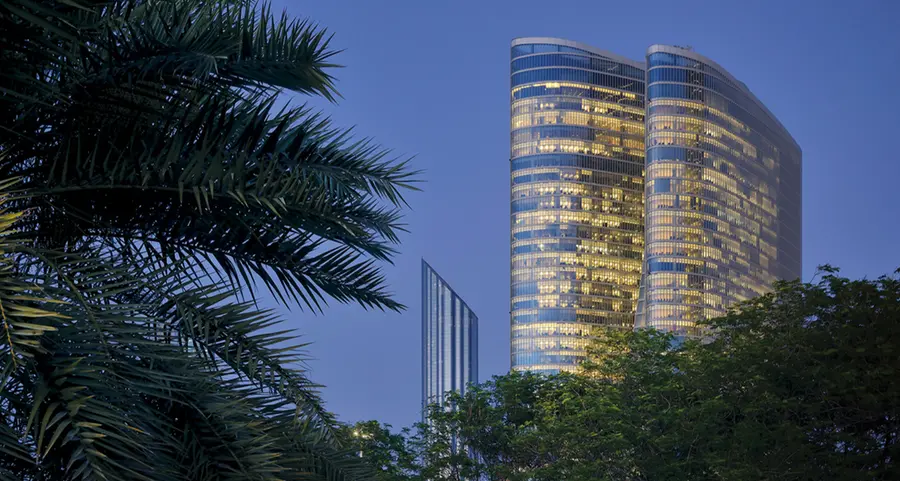08 February 2006
HARADH - In a record 21 months from approval of funding, oil started flowing through the new Haradh gas-oil separation plant (GOSP) from several of 32 new wells that will feed the facility. Initially, oil and its associated gas began pulsing through the new Haradh GOSP-3 through more than 160 kilometers of oil and gas pipeline to Abqaiq Stabilization Plant and 'Uthmaniyah Gas Plant for further processing. Once fully on-stream, the facility will crank out 300,000 barrels of oil and 140 million standard cubic feet of gas per day. The initial start-up of Saudi Aramco's Haradh GOSP-3 at the southern end of Ghawar, the world's largest oil field, beat by several months the Shaybah oil-field project, which until then had been the company's benchmark for speedy completion. Full production will be attained by the new plant within the second quarter of 2006. It is the first plant in Southern Area Oil Operations (SAOO) to have completely automated well control and monitoring. The construction contractor on the project is Saudi Techint Ltd., a local subsidiary of Techint International Construction Corp. of Buenos Aires, Argentina. About 43 percent of the materials and service providers were Saudi businesses. At the height of construction, more than 1,900 workers labored on the plant, plus nearly 100 Saudi Aramco engineers and other professionals. Once the plant is fully operational, all of its employees will be Saudi. A day before startup, senior vice presidents Salim S. Al-Aydh of Engineering and Operations Services and Abdulaziz F. Al-Khayyal of Refining, Marketing and International visited the Haradh GOSP-3 site to congratulate employees and celebrate the project's successes. "The Haradh project team has done an excellent job in raising the standard of schedule performance. I look forward to seeing the same or better achievements in the upcoming mega-projects," Al-Aydh said. "I am impressed with the project's successes, and, indeed, this early completion is a great accomplishment," said Al-Khayyal. Faysal H. Al-Khaldi, executive director of SAOO, said, "The fact that this project was completed ahead of schedule by a team comprising a 99-percent Saudi workforce from SAOO and the Project Management Team gives me a lot of pride and pleasure. We placed the best people on the job, people with high morale who took possession of the project and ran with it." "Ali A. Al-Ajmi, vice president of Project Management, has played a pivotal role in laying the foundation for a successful partnership between Saudi Aramco and the contractors," said Mohammed A. Al-Juwair, general manager of Southern Area Project Management. "Close, strong partnership with contractors is critical in successfully achieving the accelerated project completion five months ahead of schedule." Al-Juwair was pleased to see that the project focused intently on cohesion of Saudi Aramco and contractor employees. Another part of the effort was developing local vendors' capabilities, including expediting their systems for procuring raw materials from sources around the world. Fuad A. Al-Azman, manager of Southern Area Projects Department (SAPD), said the support of the proponent organization under the leadership of Al-Khaldi and top management kept the momentum charging ahead. "We would not have been able to achieve everything we did without it," he said. "Everything we needed, senior management granted." Yousef A. Al-Furaidan, manager of South Ghawar Producing Department, said, "This is a good end to an ambitious project. Early on, we questioned the time frame, but we delivered. In fact, I was astonished that we were able to meet the challenge raised by management. This is proof that no matter what, as long as we have the resources and people who see no challenge as insurmountable, the sky is the limit." "We are very proud of our achievement," said Jasem M. Al-Sahwan, senior project manager, Southern Area Projects Department, who spearheaded the project since day one. "We never promised management anything that we didn't deliver. And because of the remarkable cohesion of all the people from different organizations who worked as a single team on this project, we could not help but succeed." Saudization was an integral part of the project. Many of the young engineers involved already had extensive experience in similar projects; they were tasked to transfer their knowledge and skills to even younger Saudi engineers and technicians who joined the project as relative neophytes. As the project neared completion some months ago, the company's senior management urged the project team to increase their pace on the already aggressive schedule and shoot for early completion, without compromising quality and safety. "Our team has overcome the challenges and completed the project in record time," said Mohammed Al-Mulhim, senior operations representative and commissioning team leader for the project. "We have been teaming up with all Saudi Aramco organizations and with the contractors, doing things in parallel throughout the course of the project. Yet we have not compromised quality to achieve this major milestone. All of our operational experience in existing GOSPs and in previous projects has been used to complete the project in this record time and with the highest quality standards." Al-Mulhim also pointed out that the project leaders were able to trim $21 million in costs from the project through project management best practices such as value engineering studies and lessons learned from previous Haradh projects. Abdulaziz S. Al-Jurais, superintendent of Hawiyah/Haradh Producing Division, said the accomplishment is exciting not only because it is unprecedented in speed but also because it is a huge cooperative effort with shared ownership. "We all worked as a team, and I'm really very proud to be part of that team," Al-Jurais said three days before initial start-up. "Lots of people have been working around the clock, seven days a week. It's been really tough, but the guys have proven that they are up to it -- Saudi Aramco employees, contractors and vendors. Everybody. It is now close to the end, and we will be extremely happy to see the final result." No lost-time accidents were reported after 8.6 million work-hours spent in construction of the project. (Article by Rick Snedeker) Haradh GOSP-3 Facts
HARADH - In a record 21 months from approval of funding, oil started flowing through the new Haradh gas-oil separation plant (GOSP) from several of 32 new wells that will feed the facility. Initially, oil and its associated gas began pulsing through the new Haradh GOSP-3 through more than 160 kilometers of oil and gas pipeline to Abqaiq Stabilization Plant and 'Uthmaniyah Gas Plant for further processing. Once fully on-stream, the facility will crank out 300,000 barrels of oil and 140 million standard cubic feet of gas per day. The initial start-up of Saudi Aramco's Haradh GOSP-3 at the southern end of Ghawar, the world's largest oil field, beat by several months the Shaybah oil-field project, which until then had been the company's benchmark for speedy completion. Full production will be attained by the new plant within the second quarter of 2006. It is the first plant in Southern Area Oil Operations (SAOO) to have completely automated well control and monitoring. The construction contractor on the project is Saudi Techint Ltd., a local subsidiary of Techint International Construction Corp. of Buenos Aires, Argentina. About 43 percent of the materials and service providers were Saudi businesses. At the height of construction, more than 1,900 workers labored on the plant, plus nearly 100 Saudi Aramco engineers and other professionals. Once the plant is fully operational, all of its employees will be Saudi. A day before startup, senior vice presidents Salim S. Al-Aydh of Engineering and Operations Services and Abdulaziz F. Al-Khayyal of Refining, Marketing and International visited the Haradh GOSP-3 site to congratulate employees and celebrate the project's successes. "The Haradh project team has done an excellent job in raising the standard of schedule performance. I look forward to seeing the same or better achievements in the upcoming mega-projects," Al-Aydh said. "I am impressed with the project's successes, and, indeed, this early completion is a great accomplishment," said Al-Khayyal. Faysal H. Al-Khaldi, executive director of SAOO, said, "The fact that this project was completed ahead of schedule by a team comprising a 99-percent Saudi workforce from SAOO and the Project Management Team gives me a lot of pride and pleasure. We placed the best people on the job, people with high morale who took possession of the project and ran with it." "Ali A. Al-Ajmi, vice president of Project Management, has played a pivotal role in laying the foundation for a successful partnership between Saudi Aramco and the contractors," said Mohammed A. Al-Juwair, general manager of Southern Area Project Management. "Close, strong partnership with contractors is critical in successfully achieving the accelerated project completion five months ahead of schedule." Al-Juwair was pleased to see that the project focused intently on cohesion of Saudi Aramco and contractor employees. Another part of the effort was developing local vendors' capabilities, including expediting their systems for procuring raw materials from sources around the world. Fuad A. Al-Azman, manager of Southern Area Projects Department (SAPD), said the support of the proponent organization under the leadership of Al-Khaldi and top management kept the momentum charging ahead. "We would not have been able to achieve everything we did without it," he said. "Everything we needed, senior management granted." Yousef A. Al-Furaidan, manager of South Ghawar Producing Department, said, "This is a good end to an ambitious project. Early on, we questioned the time frame, but we delivered. In fact, I was astonished that we were able to meet the challenge raised by management. This is proof that no matter what, as long as we have the resources and people who see no challenge as insurmountable, the sky is the limit." "We are very proud of our achievement," said Jasem M. Al-Sahwan, senior project manager, Southern Area Projects Department, who spearheaded the project since day one. "We never promised management anything that we didn't deliver. And because of the remarkable cohesion of all the people from different organizations who worked as a single team on this project, we could not help but succeed." Saudization was an integral part of the project. Many of the young engineers involved already had extensive experience in similar projects; they were tasked to transfer their knowledge and skills to even younger Saudi engineers and technicians who joined the project as relative neophytes. As the project neared completion some months ago, the company's senior management urged the project team to increase their pace on the already aggressive schedule and shoot for early completion, without compromising quality and safety. "Our team has overcome the challenges and completed the project in record time," said Mohammed Al-Mulhim, senior operations representative and commissioning team leader for the project. "We have been teaming up with all Saudi Aramco organizations and with the contractors, doing things in parallel throughout the course of the project. Yet we have not compromised quality to achieve this major milestone. All of our operational experience in existing GOSPs and in previous projects has been used to complete the project in this record time and with the highest quality standards." Al-Mulhim also pointed out that the project leaders were able to trim $21 million in costs from the project through project management best practices such as value engineering studies and lessons learned from previous Haradh projects. Abdulaziz S. Al-Jurais, superintendent of Hawiyah/Haradh Producing Division, said the accomplishment is exciting not only because it is unprecedented in speed but also because it is a huge cooperative effort with shared ownership. "We all worked as a team, and I'm really very proud to be part of that team," Al-Jurais said three days before initial start-up. "Lots of people have been working around the clock, seven days a week. It's been really tough, but the guys have proven that they are up to it -- Saudi Aramco employees, contractors and vendors. Everybody. It is now close to the end, and we will be extremely happy to see the final result." No lost-time accidents were reported after 8.6 million work-hours spent in construction of the project. (Article by Rick Snedeker) Haradh GOSP-3 Facts
- High-Pressure Production Trap: 7.3 meters in diameter, 50 m long, weighing more than 413 metric tons, fabricated by Gulf Engineering Co. in Jubail, took eight days to transport 320 km to plant site. The trap will be used to accumulate and separate wet crude, formation water and associated gas. Crude oil will be transferred to the low-pressure production trap, the dehydrator and desalter for further oil, gas and salt water separation. Water will be collected for re-injection into the oil reservoir, and gas will be compressed for transport by pipeline.
- Shipper Pumps: Two 10,000 gallon-per-minute, 4,000-horsepower motor-driven crude shipper pumps were installed to export dry crude by pipeline to Abqaiq Stabilization Plant.
- Gas Compressors: One 1,140 horsepower motor-driven gas compressor and two 10,460 horsepower motor-driven gas compressors were installed to transport gas by pipeline to 'Uthmaniyah Gas Plant.
- Water Injection and Supply Pumps: A third gas-turbine-driven water-injection pump was installed at Haradh GOSP-2, and a third seawater-supply motor-driven booster pump was installed at Hawiyah Central Water Injection Pump Station.
- Pipelines: Approximately 160 km of new pipeline and extensions will transport crude and gas products from GOSP-3 to processing facilities in Abqaiq and 'Uthmaniyah. More than 150 kilometers of new pipeline and extensions to existing pipeline were constructed to transport treated seawater and produced salt water for injection to maintain reservoir pressure.
- Steel: The project used 1,090 tons of structural steel and more than 3,100 tons of steel piping.
- Cables: 240 km of cable was installed.
- Manpower: 1,900 construction workers labored on the project at its height.
- Remote capability: Haradh GOSP-3 is the first plant in the Southern Area Oil Operations area to have completely automated well control and monitoring, allowing remote operation.
- Production: When fully on-stream in second quarter of 2006, the plant will produce 300,000 barrels of Arabian Light crude oil per day and 140 million standard cubic feet per day of associated gas. A total of 520,000 bpd of treated seawater will be required for injection to maintain oil reservoir pressure.
-Ends-
© Press Release 2006

